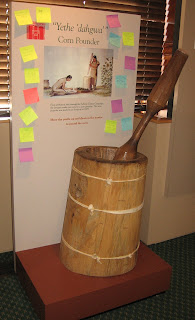Since 1971 when the Uniform Monday Holiday Act went into effect, Americans have been celebrating Memorial Day on the last Monday of May. On that same day, advertisers and marketing campaigns declare that summer has begun. It seems these days that most people view Memorial Day as a day off from work or school, a time for the first barbeque of the season, and a chance to score great deals at the mall not as a solemn day set aside for people to pay tribute to the men and women who have died while serving in the military.
Originally
called Decoration Day, the holiday was created to commemorate the roughly
625,000 Union and Confederate soldiers who died during the Civil War. The exact origin of the holiday will always
be debated but the practice of decorating the graves of fallen soldiers was
widely adopted both in the north and south shortly after the war. On May 5, 1868 General John A. Logan,
commander-in-chief of the Grand Army of the Republic (GAR), proclaimed that
Decoration Day should be observed annually on the 30th of May all
across the nation. Members of the GAR,
the organization of Union Civil War veterans, arranged reunions, parades and
visits to cemeteries to commemorate the holiday.
The
holiday was first called Memorial Day in 1882 but the name did not surpass
Decoration Day until after World War II.
In 1967 Federal law declared it Memorial Day. By the 20th Century the holiday
expanded from its original purpose to honor soldiers killed during the Civil
War to include all those who died in the service of the US military. Groups of
volunteers around the country place small American flags on soldiers’ graves to
commemorate their sacrifice. People also use the day to generally remember
loved ones who have gone before them. My
husband has told me that he remembers going to the cemetery with his
grandmother on Memorial Day to clean up around the headstones of family members
and place fresh flowers on the graves.
Memorial
Day commemorates a major part of our shared history that should be
preserved. Hopefully by briefly telling
that history here it will help remind people of what the day is really about.















